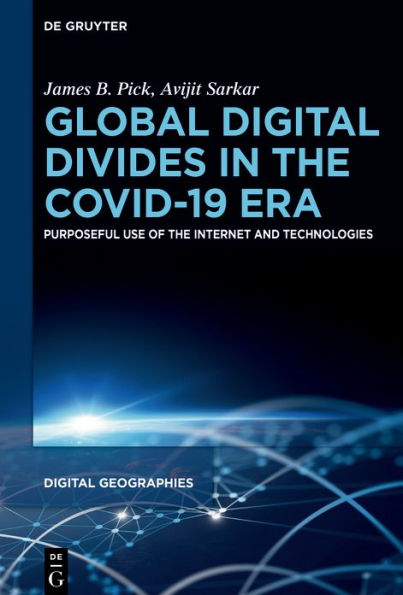This book identifies where deficits are located geographically, and also where the hot spots and cold spots are for levels of use and purposeful use of technologies. It points out the impacts of these technologies before and during the COVID-19 pandemic.
For mature, inclusive, and equitable digital societies worldwide, attention has shifted from gaps in access to gaps in purposeful use of these technologies. For broadband, purposeful uses include e-commerce, e-health, e-entertainment, e-communication, e-education, and remote work.
This book provides actual accounts of the digital divide challenges and successes in several case studies, such as the trailing usage of ICTs in Bolivia, the heightened purposeful use of e-commerce in Sweden and Denmark, and AI use in the US Silicon Valley. Finally, it recommends policies and steps that various national, state, and provincial governments can develop to narrow digital divides and improve the equity and inclusion of all their diverse citizens.
This book identifies where deficits are located geographically, and also where the hot spots and cold spots are for levels of use and purposeful use of technologies. It points out the impacts of these technologies before and during the COVID-19 pandemic.
For mature, inclusive, and equitable digital societies worldwide, attention has shifted from gaps in access to gaps in purposeful use of these technologies. For broadband, purposeful uses include e-commerce, e-health, e-entertainment, e-communication, e-education, and remote work.
This book provides actual accounts of the digital divide challenges and successes in several case studies, such as the trailing usage of ICTs in Bolivia, the heightened purposeful use of e-commerce in Sweden and Denmark, and AI use in the US Silicon Valley. Finally, it recommends policies and steps that various national, state, and provincial governments can develop to narrow digital divides and improve the equity and inclusion of all their diverse citizens.

Global Digital Divides in the COVID-19 Era: Purposeful Use of the Internet and Technologies
260
Global Digital Divides in the COVID-19 Era: Purposeful Use of the Internet and Technologies
260Hardcover

Product Details
| ISBN-13: | 9783110793772 |
|---|---|
| Publisher: | De Gruyter |
| Publication date: | 01/15/2026 |
| Series: | Digital Geographies , #2 |
| Pages: | 260 |
| Product dimensions: | 6.10(w) x 9.06(h) x 0.00(d) |
| Age Range: | 18 Years |
